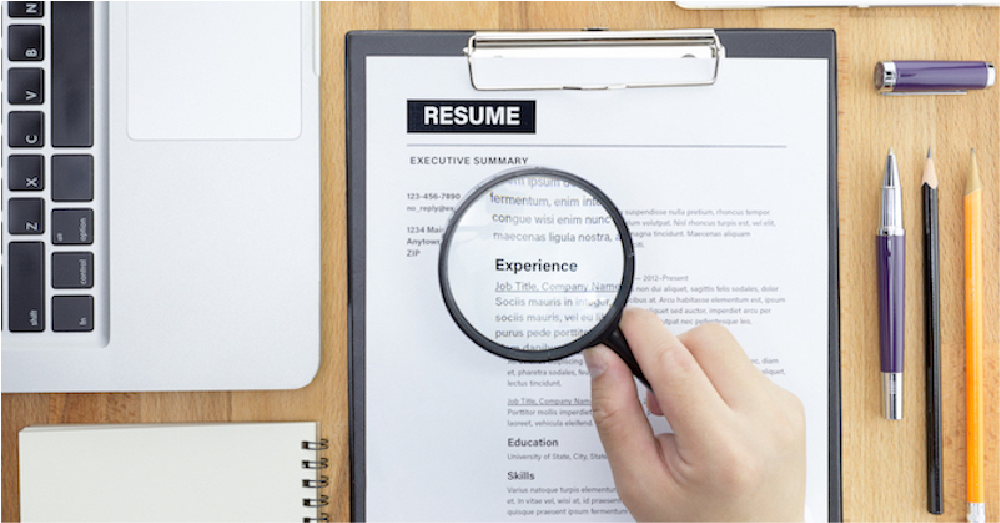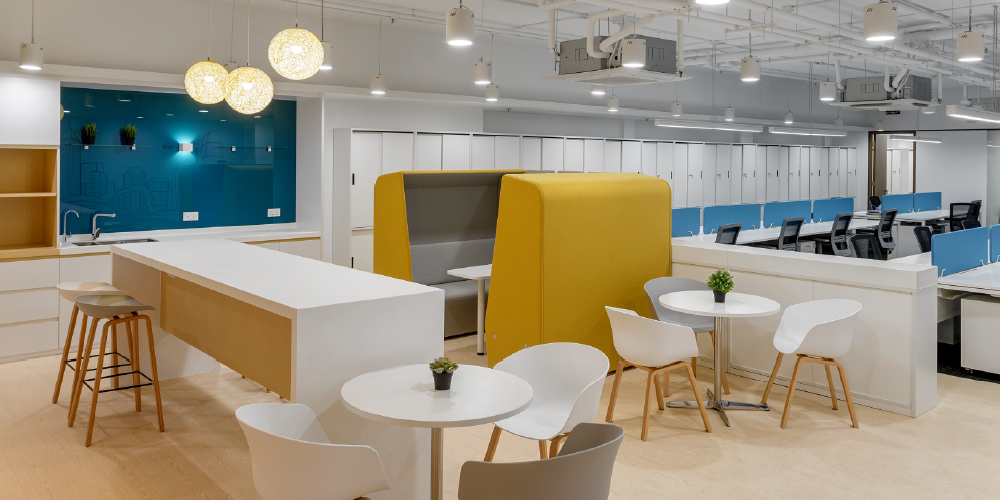Navigate the age of the great resignation triggered by Covid Create smart workplaces to meet challenges of hybrid work
 Transforming the workplace into a hybrid work friendly environment is the way to go.
Transforming the workplace into a hybrid work friendly environment is the way to go.
How time flies. It has been three years since the Covid-19 pandemic began. The health crisis has changed the way people approach their life. For example, many employees now prefer spending more time with their families and have become more demanding of their work environment. Numerous surveys have found that this shift of mentality has led to “the great resignation” around the world. With that in mind, companies should be aware that after the pandemic is over, their staff may not dutifully return to the office and work nine to five as before. Transforming the workplace into a hybrid work friendly environment is the way to go. To retain talents and boost employees’ efficiency, it is necessary to use new technologies to create a smart workplace.
- Employer-employee differences over office work post-pandemic
- The popularity of hybrid work positions and three challenges facing employers
- Professional smart workspace boosts competitiveness and employee satisfaction
Content
Employer-employee differences over office work post-pandemic
As the symptoms of Covid-19 are becoming less severe, and with many countries having hit their vaccine targets, governments around the world are gradually relaxing anti-pandemic measures. It seems people can live a normal life again. According to a survey recently conducted by Microsoft, about 50% of companies plan to end remote work or hybrid work and require full-time in-person work in the year ahead. Nevertheless, another survey carried out by payroll provider ADP found that two-thirds of workers would consider looking for a new job if forced to return to the office full-time. The difference in mentality between employers and employees is encapsulated by the comment of one respondent: “We’re not the same people that went to the office to work in early 2020.”
The popularity of hybrid work positions and three challenges facing employers
 Survey carried out by payroll provider ADP found that two-thirds of workers would consider looking for a new job if forced to return to the office full-time.
Survey carried out by payroll provider ADP found that two-thirds of workers would consider looking for a new job if forced to return to the office full-time.Indeed, the pandemic over the past two years has changed how people define the role of work in their lives. With prolonged remote or hybrid work schedules, employees have become aware of the feasibility of the “new normal” of work. Some even find that their productivity has improved under the new working model. Therefore, they would rather change jobs than go back to the old way. This is reflected in job ads on the professional social network LinkedIn, as noted in the Microsoft report. In 2020, about 1.5% of jobs advertised on LinkedIn offered a hybrid or remote work option; today that figure has shot up by 14%. In addition, remote jobs attract nearly three times more views than other jobs. All these suggest that if employers want to recruit and retain talent, they must offer a remote or hybrid option. To ensure a successful transition, companies that run the traditional office model have to overcome three major challenges.
| Not knowing when to go to the office | Surveys have found that employees on hybrid mode have difficulties knowing when to go to the office. Currently, if workers return to the office, the main reason has to do with the limitations of online meetings. After all, face-to-face exchange of views among colleagues is preferable. But the problem is that employees on hybrid schedules have no way of knowing the work schedules of their colleagues and whether meeting rooms and other office facilities are available. When they return to the office only to find that their colleagues are not around or the meeting room is booked, they may get upset. |
| Inefficient use of space in traditional office design | As hybrid work gives employees the flexibility to choose when they go to the office, the traditional one-person-one-workspace ratio is outmoded. A workplace filled with desks and chairs but rarely occupied can affect employees’ mood at work as well as office space efficiency, and the use of energy including lighting and air-conditioning cannot be optimised. |
| Online meetings hinder communication | Online meetings are a must when it comes to hybrid work. However, surveys have found that some employees feel that the unsatisfactory design of the online meeting tools adopted by their companies has greatly affected their level of engagement in meetings. Some have problems voicing their views and communication with others is hindered during meetings. |
Professional smart workspace boosts competitiveness and employee satisfaction
 By creating digital workspaces, companies can truly fulfil the requirements associated with hybrid work, meet operational needs in the long run, enhance employees’ productivity etc.
By creating digital workspaces, companies can truly fulfil the requirements associated with hybrid work, meet operational needs in the long run, enhance employees’ productivity etc.To resolve the above issues, companies have to adopt advanced hardware and software and transform office space into a hybrid workplace that meets the needs of employees and brings into full play the strengths of the hybrid work model.
Big data analytics (Big Data)分析 | Information on employees’ work schedules can be made available, so that clear work plans can be made accordingly. With the information, employees will stand a better chance of getting their work done within the working hours and reduce overtime work. |
| Workspace design | Through big data analytics, companies can make good use of every inch of an office space. New space can be freed up and contribute to a comfortable, open work environment. And with more space for collaboration and more welfare facilities, employees will have more incentives to work in the office. |
| High efficiency in energy use | Companies can divide an office space into different zones and place all employees who go to the office on a given day in the same zone. This can reduce energy consumption and meet ESG requirements. |
| A smart facilities management system makes it easy for employees to book office facilities, such as work desks and meeting rooms, without having to go to the office to making bookings and risk wasting their time. | |
| Smart Pods | Hybrid work means more work meetings need to be held. Smart pods enable companies to set up numerous meeting booths that can be moved around. The booths can be equipped with online meeting tools so that employees in different places can easily communicate with each other. |
| Multifunctional online meeting tools | With the right online meeting tools, employees can easily join a meeting at the click of a button using their own computers. The tools must be integrated with other office software, such as interactive whiteboards, so that employees can follow the meeting and stay engaged. |
| The Smart Visitor Management System allows visitors to pre-register online and automatically delivers the time of visit and meeting location to the visitors, thus reducing employees’ workload. The system can be integrated with the Access Control System and restrict visitors from entering the office of a company. This can give employees peace of mind. |
By creating digital workspaces, companies can truly fulfil the requirements associated with hybrid work, meet operational needs in the long run, enhance employees’ productivity, increase efficiency in the use of office space, cut down on unnecessary expenses, and thereby boost the the competitiveness of the enterprises in different aspects.
News & Events
Keep up to date
- 02Sep
Notice Regarding “Scan to Email Service” Issues
- 19Aug
Ricoh Asia Pacific and Microsoft Collaborate to Empower a Future-Ready Workforce Through AI
- 30Jul
Ricoh selected for inclusion in six ESG indices for Japanese equities adopted by the GPIF
- 24Jul
Updated: Ricoh’s Response to Basic Authentication Phase-Out in Microsoft Exchange Online SMTP Authentication

